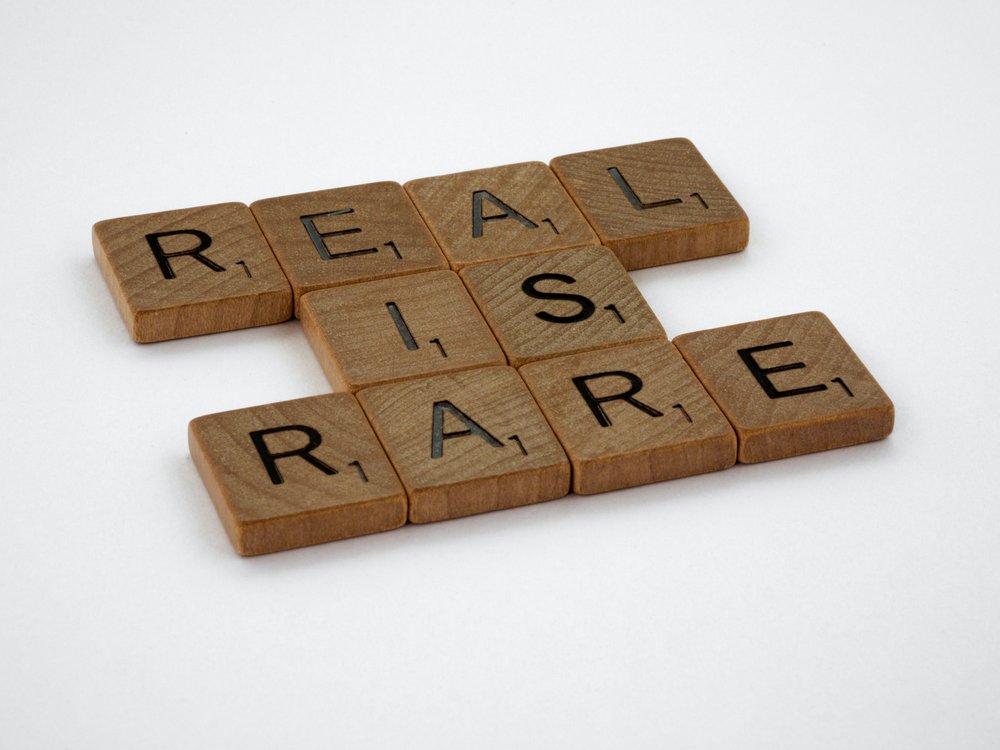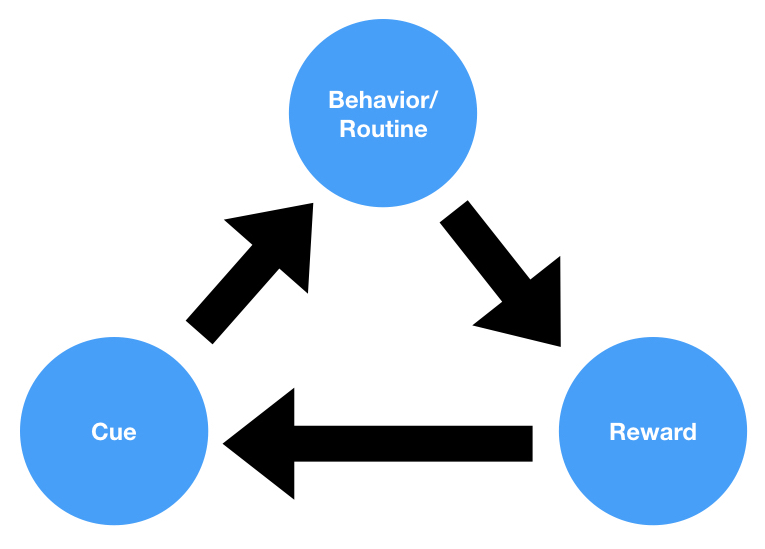Definition
The socioecological model, also known as the ecological systems theory or social ecological model, is a theoretical framework used in behavioral science and public health to understand the complex interplay of individual, interpersonal, organizational, community, and societal factors that influence human behavior and health outcomes. This model emphasizes that individuals are embedded within multiple systems and that the interaction between these systems influences their health and well-being. The socioecological model provides a comprehensive approach to understanding and addressing the multiple levels of influence on health behaviors and outcomes, and it informs the development of multilevel interventions to promote health and prevent disease.
Background
The socioecological model has its origins in the work of psychologist Urie Bronfenbrenner, who developed the ecological systems theory in the 1970s to understand human development within the context of multiple interacting systems. Over time, this approach has been adapted and expanded to study health behaviors and outcomes, with a focus on understanding the multiple levels of influence on individual health and well-being.
Key Components
The socioecological model consists of several interrelated levels of influence on health behaviors and outcomes:
Individual
This level focuses on personal characteristics, such as age, sex, genetic predispositions, health knowledge, attitudes, beliefs, and behaviors, that can influence a person’s health and well-being. Individual factors also include psychological aspects, such as self-efficacy, motivation, and emotional regulation.
Interpersonal
This level encompasses social networks, relationships, and social support systems that can influence health behaviors and outcomes. Interpersonal factors include family, friends, peers, colleagues, and intimate partners, as well as the quality of relationships, communication patterns, and social norms that affect individuals’ health-related decisions and actions.
Organizational
This level examines the impact of organizations, institutions, and workplaces on health behaviors and outcomes. Organizational factors include policies, practices, procedures, and physical environments that can facilitate or hinder individuals’ ability to engage in healthy behaviors.
Community
This level focuses on the broader social, cultural, and physical environments in which individuals live, work, and play. Community factors include the availability of resources, such as healthcare services, recreational facilities, and healthy food options, as well as social norms, cultural values, and community-level policies that can shape health behaviors and outcomes.
Societal
This level encompasses the broader structural, political, and economic systems that influence health behaviors and outcomes. Societal factors include laws, regulations, public policies, and social and economic conditions that can create or exacerbate health disparities and inequities.
Applications
The socioecological model is widely used in public health research and practice to understand and address the multiple levels of influence on health behaviors and outcomes. By examining the complex interplay of individual, interpersonal, organizational, community, and societal factors, researchers and practitioners can develop more effective, multilevel interventions to promote health and prevent disease. Examples of such interventions include community-based physical activity programs, school-based nutrition education, workplace wellness initiatives, and public policies to regulate tobacco use and promote access to healthcare services.
Conclusion
The socioecological model is a comprehensive theoretical framework that emphasizes the multiple levels of influence on health behaviors and outcomes. By considering the complex interplay of individual, interpersonal, organizational, community, and societal factors, the socioecological model provides a valuable approach to understanding and addressing the myriad influences on human health and well-being. The application of this model in research and practice can inform the development of multilevel interventions to promote health, prevent disease, and reduce health disparities and inequities.




